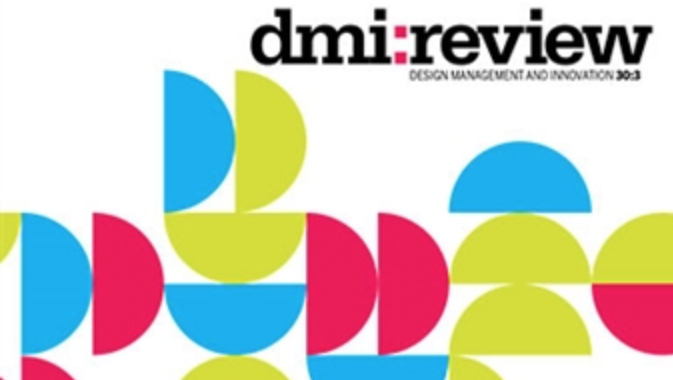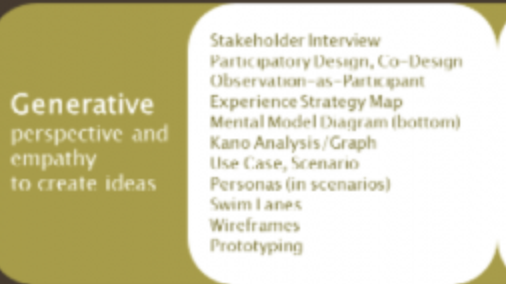Interchangeable Parts
Often existing methods within an org are well accepted by leadership. Persuading them to change whole systems of production and measurement is not something everyone wants to take on. So practitioners patch in listening deeply or convert a personas approach to thinking styles. Any small part of Data Science that Listens can serve to strengthen existing methods.
For example, framing continuous discovery by people’s purpose for a set of weeks allows empirical patterns to emerge rather than anecdotal insights. Looking at jobs to be done by thinking style instead of role highlights opportunities to reduce friction for half your audience. Keeping a visual mental model skyline can help your design thinking stay coordinated over time.
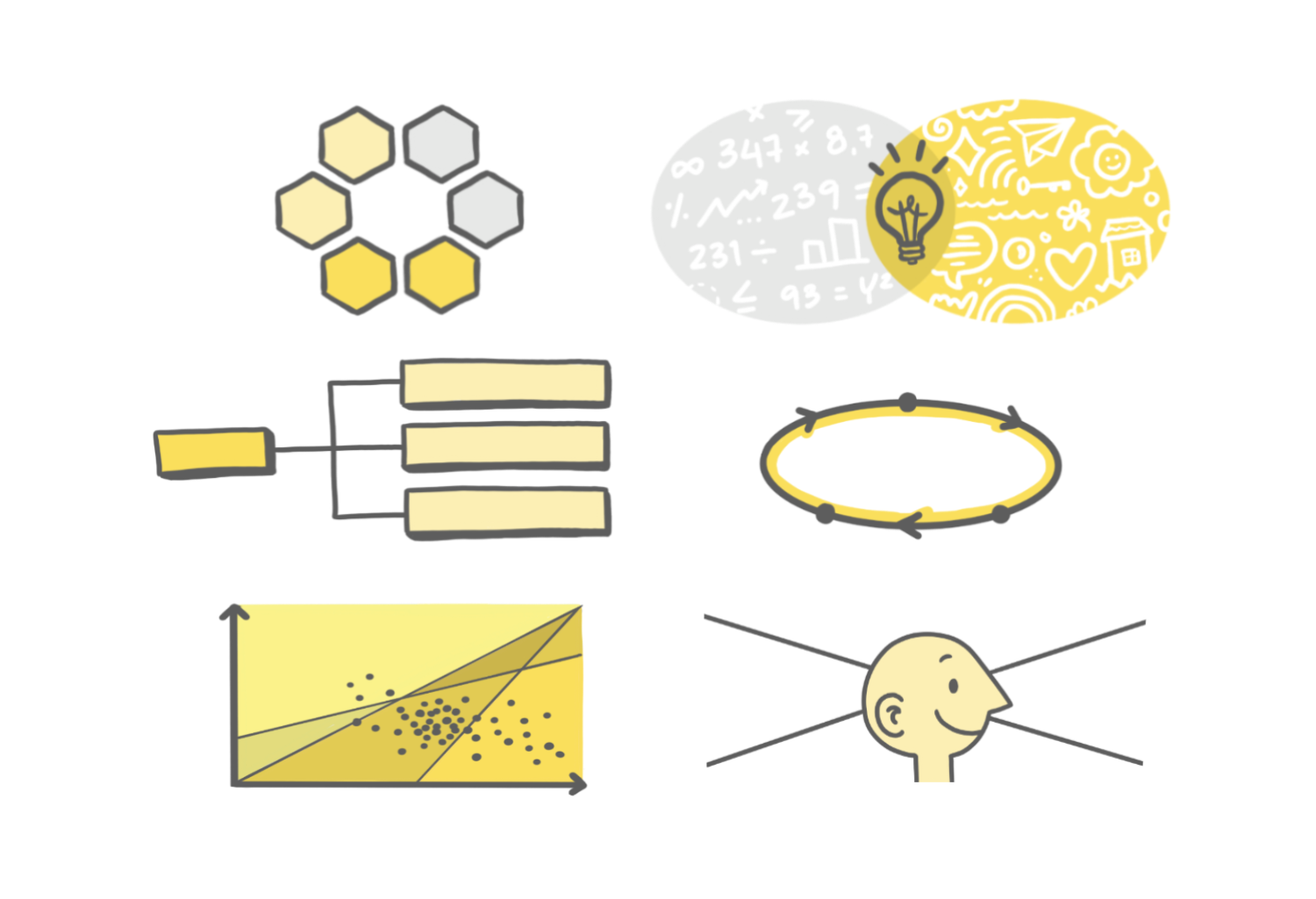
How It Has Worked
Many teams use listening deeply as a foundation for other methods. Read about some examples here.
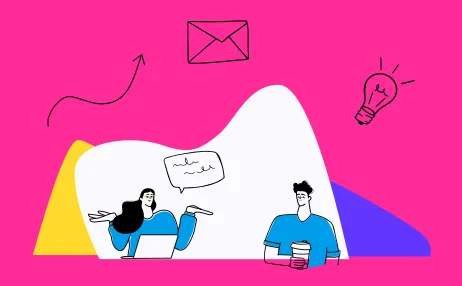
Deep Listening in Coaching Mentees
Before I could listen deeply to my mentees, I need to assess how I currently listen. Surely we know how to listen. But do we, really? I discovered during and after this talk that a lot of team issues can be resolved if only teams learn to develop empathy, and empathy can only be developed through listening deeply.
By listening deeply, I can discover triggers that my mentees have experienced, and provide advice and guidance to overcome these triggers. I can beyond what went well and what went wrong.
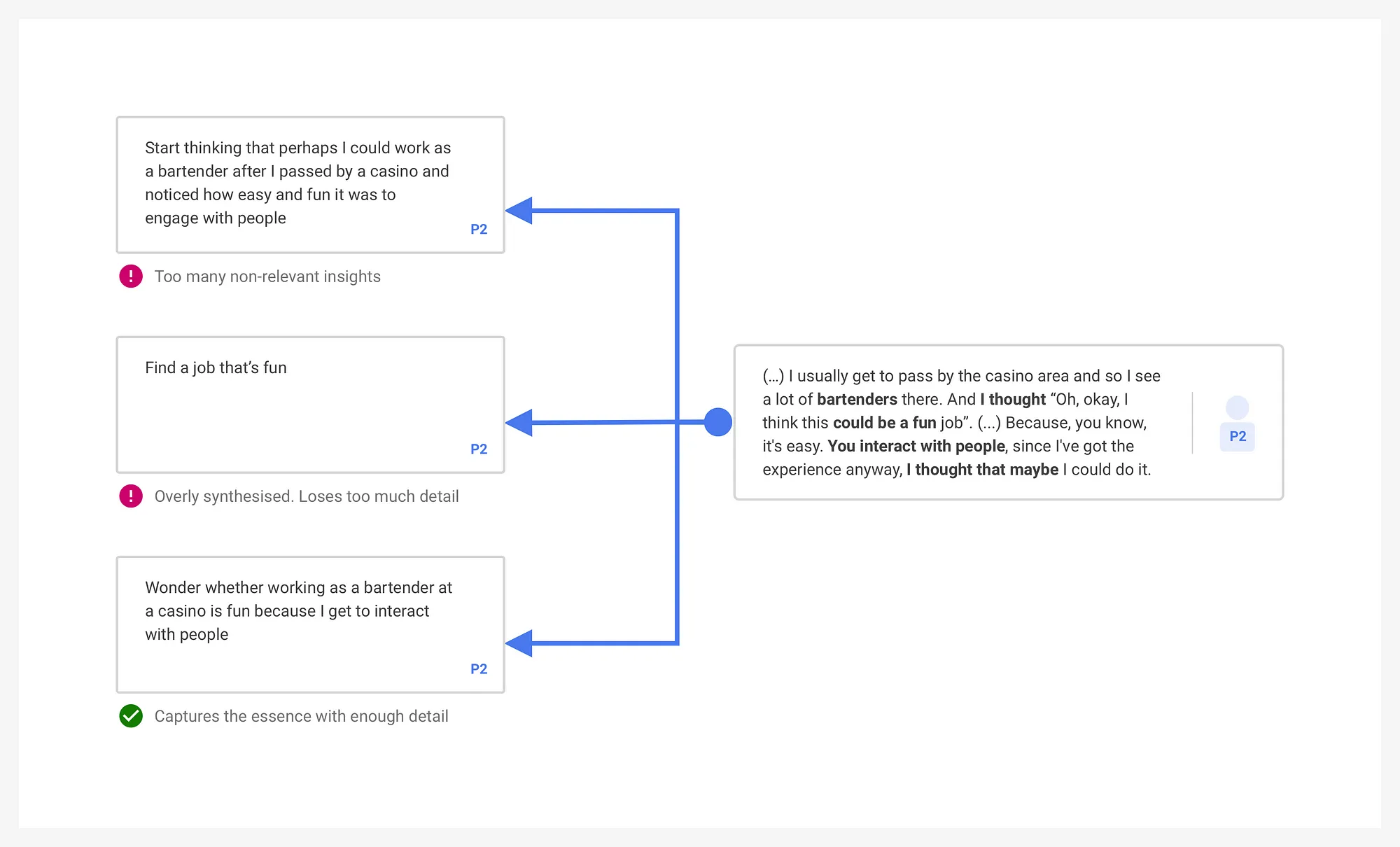
PART 2: Building Mental Model Diagrams
In our previous article, we introduced mental model diagrams, some of the theory behind them, and the kind of value we believe they offer organisations. In this more hands-on article, we’ll take you through our process of collaboratively building a comprehensive mental model diagram. We share what worked well and what needed to be adapted to the systems in place.
Building a solid mental model skyline does take work, but we believe it’s worthwhile given the level of depth you gain on how people experience the domain that you and your organization are working in. The skyline offered us a solid foundation to move from research into a detailed visualisation in a systematic way.
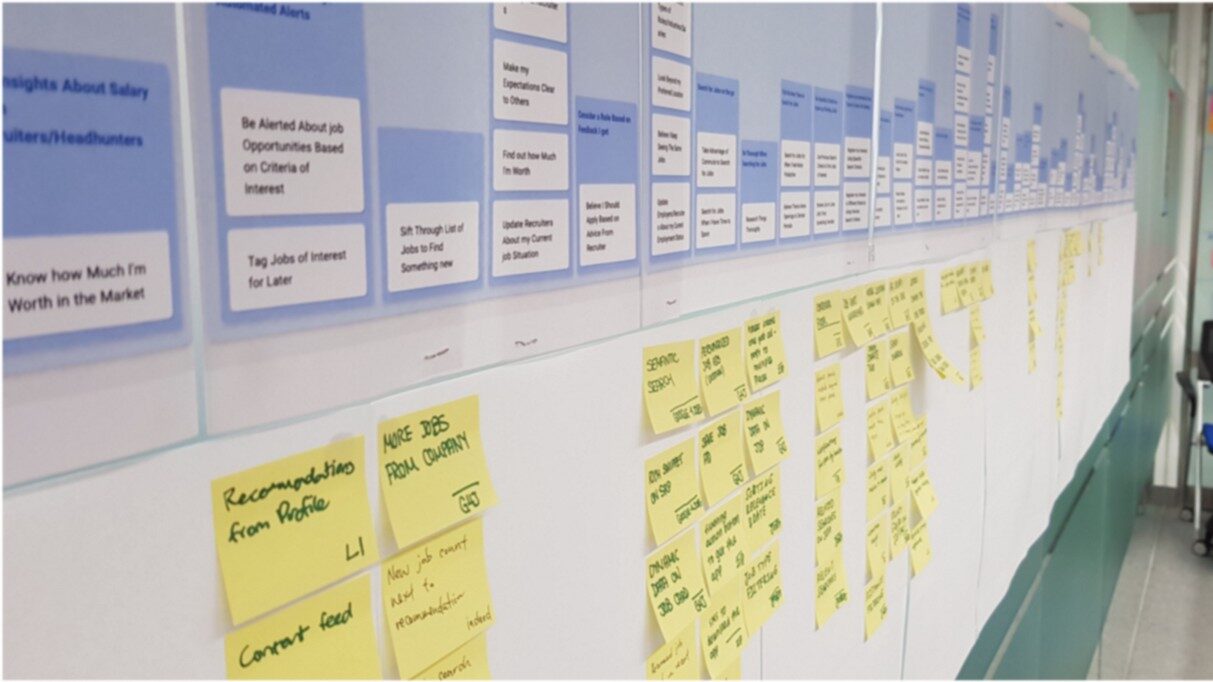
PART 1: Designing With Mental Models
The design team at SEEK wanted to see how all their research comes together to tell a clear story, in a way that teams to add their learnings on top of existing ones in a structured and straightforward way. Their research repository did not support this. The journey maps teams used lacked depth around problems people face. Additionally, they wanted to prepare for future expansion beyond Australia and Asia.
The mental model skylines make a great basis for building ever more complex models over time. By layering information, we can tell different stories about the insights and we can convey these visually and powerfully. Finally, we’ve hinted that mental model diagrams can further be aligned with and complemented by other frameworks, such as those based on Jobs-to-be-Done.
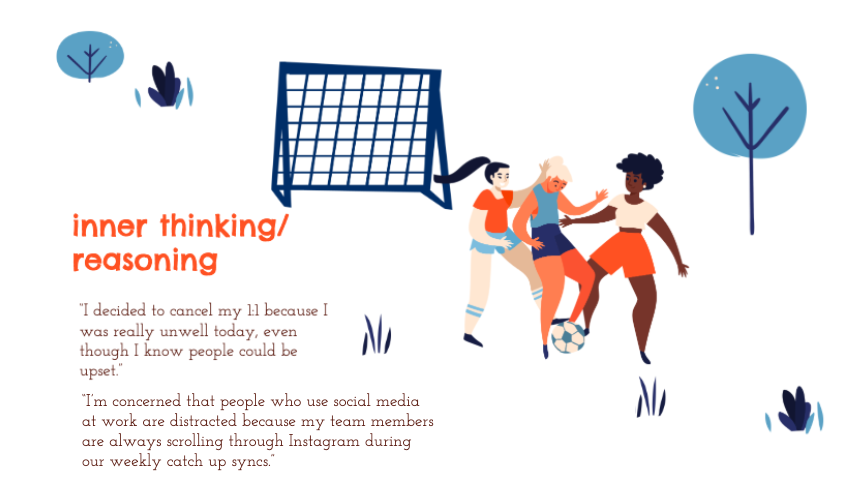
How listening deeply can transform you into a better leader, designer, researcher and team member
Why listen deeply?
Six improvements, including understanding my mentees better so I can tailor a mentoring program for them.
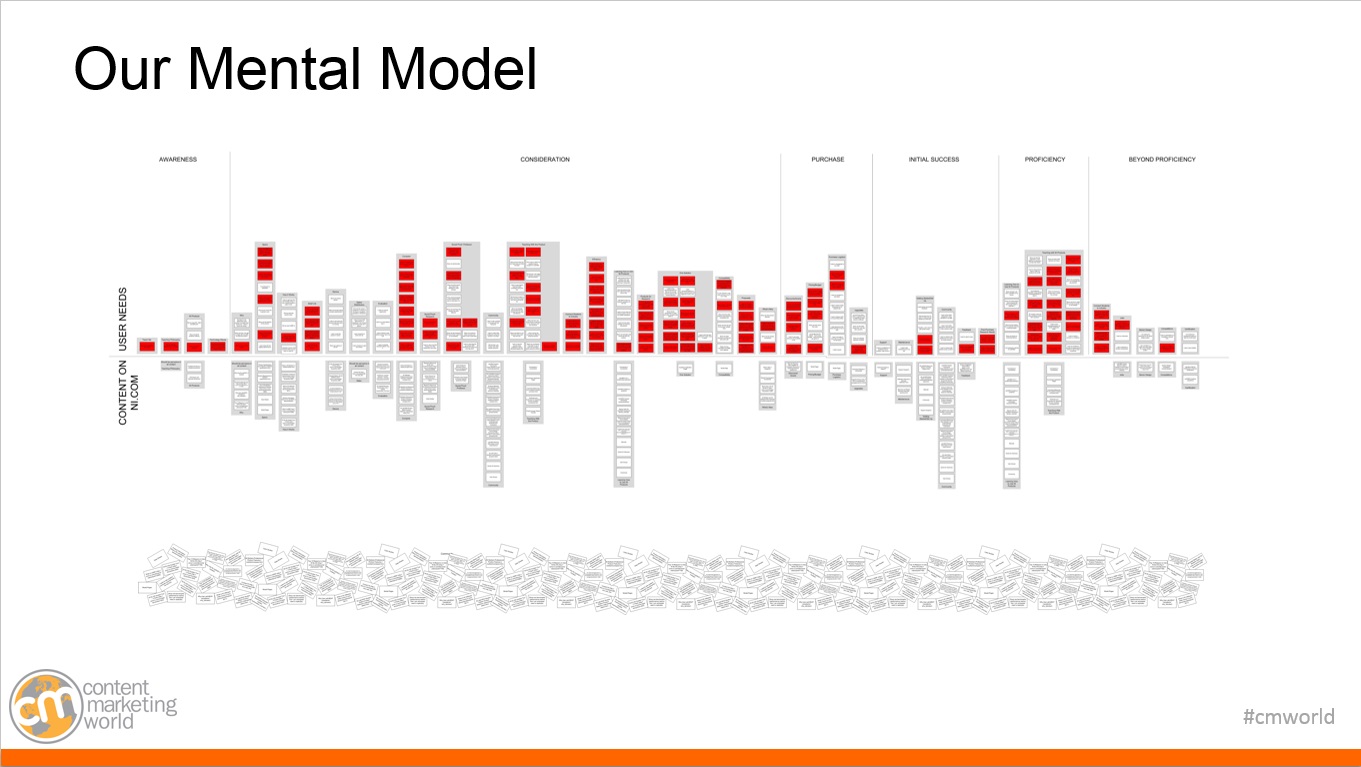
Building a Content Strategy
Lauren got the greenlight to implement the mental modeling process in one area of NI’s business: it’s Academic Program.
The result was exceptional. Within six months of implementing the solution based on the mental models, the business unit achieved two key results: 70% increase in contacts, 51% increase in online revenue for National Instruments’ academic program.
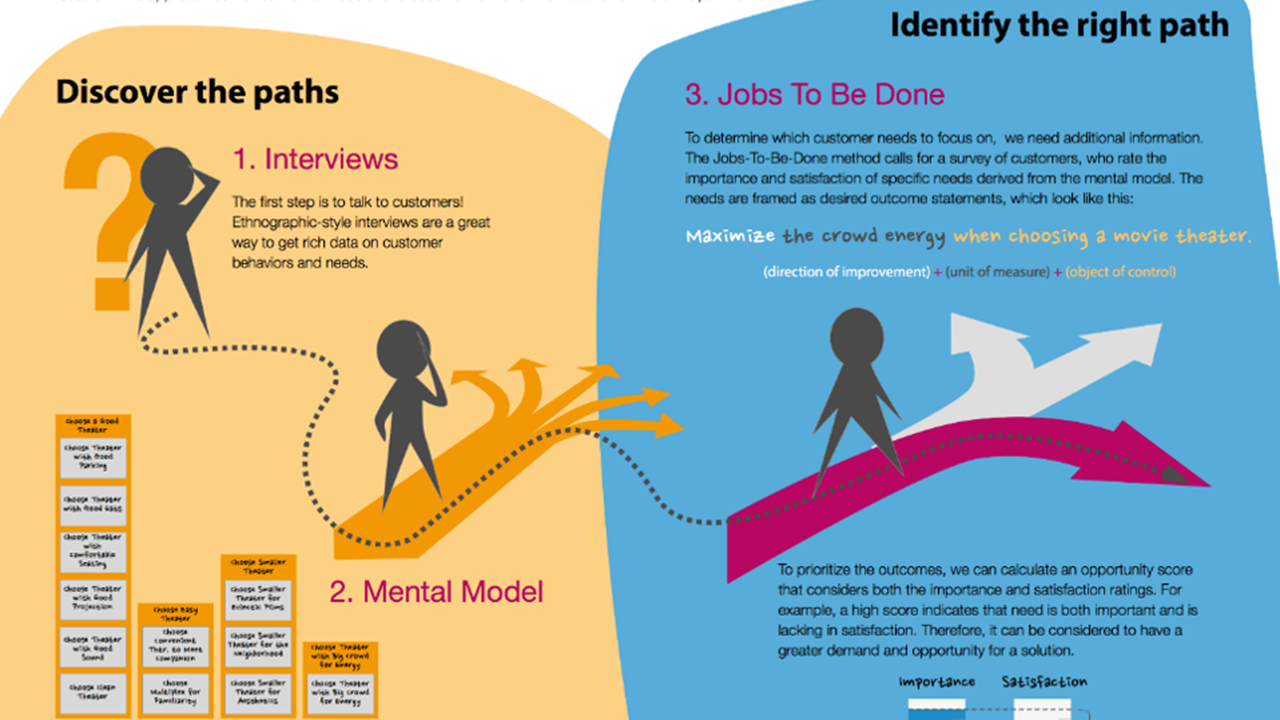
Post for 2018 IA Summit
The design team found several directions to go based on the mental model skyline. The manager wanted proof, in quant data.
The team wove the thinking styles into the JTBD survey to measure market potential by thinking style. The manager found it easier to understand and choose among the possible paths.

